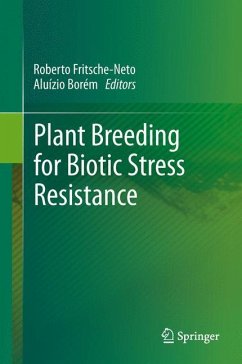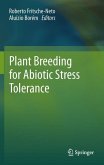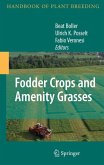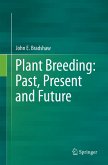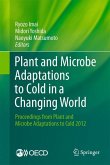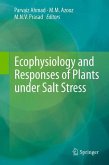Experience shows that biotic stresses occur with different levels of intensity in nearly all agricultural areas around the world. The occurrence of insects, weeds and diseases caused by fungi, bacteria or viruses may not be relevant in a specific year but they usually harm yield in most years. Global warming has shifted the paradigm of biotic stresses in most growing areas, especially in the tropical countries, sparking intense discussions in scientific forums. This book was written with the idea of collecting in a single publication the most recent advances and discoveries concerning breeding for biotic stresses, covering all major classes of biotic challenges to agriculture and food production. Accordingly, it presents the state-of-the-art in plant stresses caused by all microorganisms, weeds and insects and how to breed for them. Complementing Plant Breeding for Abiotic Stress Tolerance, this book was written for scientists and students interested in learning how to breedfor biotic stress scenarios, allowing them to develop a greater understanding of the basic mechanisms of resistance to biotic stresses and develop resistant cultivars.
From the reviews:
"Editors of Plant Breeding for Biotic Stress Resistance have done an admirable job of assembling a wealth of information to breed crops with improved resistance to biotic stresses. The book is divided into eight chapters each highlighting a specific biotic stress. ... The book is an excellent source of information for agricultural scientists and students." (Muhammad Asif, Experimental Agriculture, Vol. 49 (2), 2013)
"Editors of Plant Breeding for Biotic Stress Resistance have done an admirable job of assembling a wealth of information to breed crops with improved resistance to biotic stresses. The book is divided into eight chapters each highlighting a specific biotic stress. ... The book is an excellent source of information for agricultural scientists and students." (Muhammad Asif, Experimental Agriculture, Vol. 49 (2), 2013)

